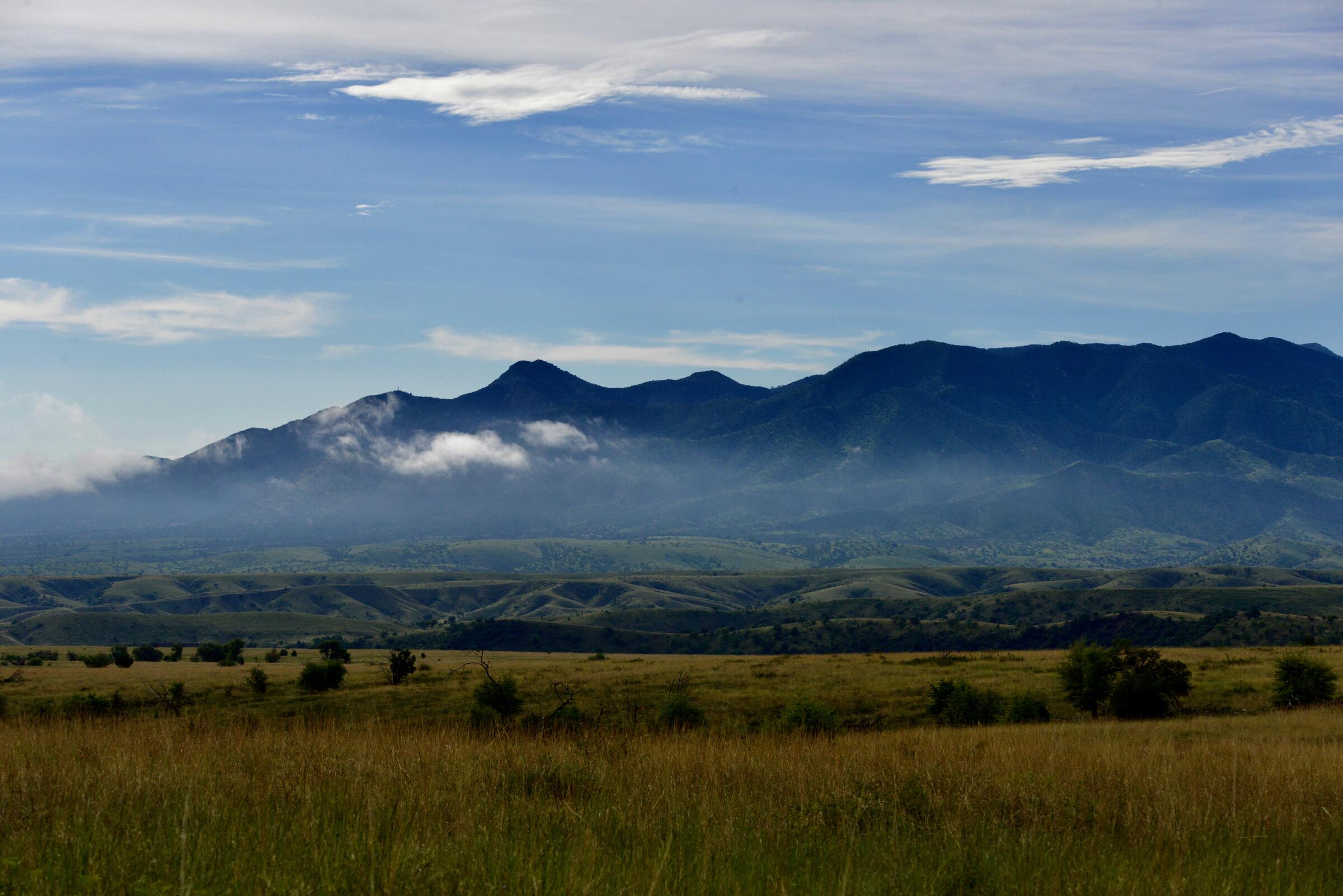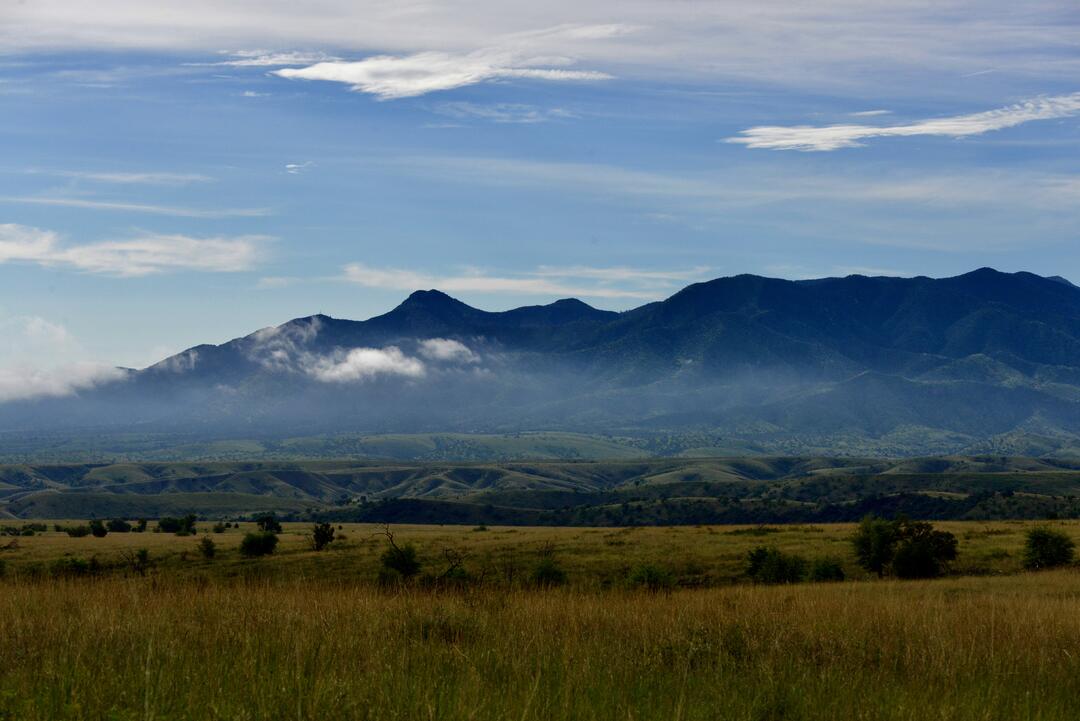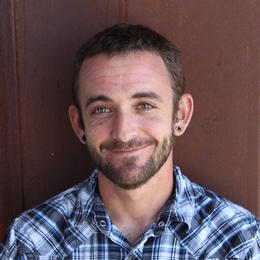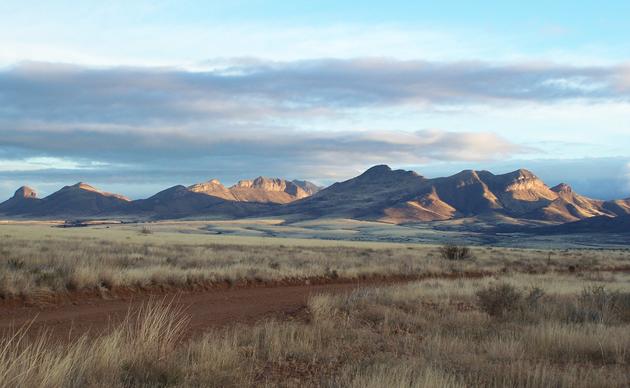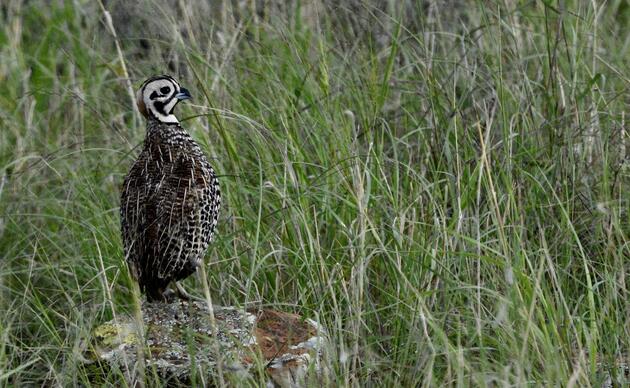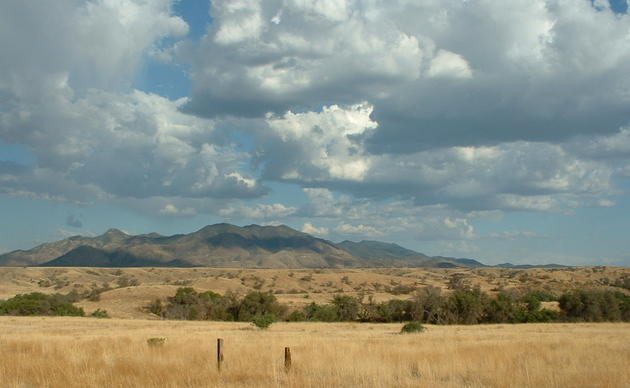(Read Steve’s full bio here)
Since accepting the role as the next Director of the Appleton-Whittell Research Ranch of the National Audubon Society (AWRR), I have had many questions on my mind.
The answers to some of these questions can be found in data collected through research conducted on the AWRR, questions like “How are grassland birds responding to ongoing aridification and climate change and which species need our help the most?” Other questions are more existential and will require much pondering, such as “How do we balance our desire to use the AWRR to inspire and inform conservation beyond its borders with our charge to protect it as an undisturbed outdoor laboratory?”
Fortunately, one thing we’re not short on at the AWRR is room to think.
My first visit to the AWRR came a dozen years ago. At the time, I was a field biologist and educator for Audubon Southwest (Audubon Arizona at the time) focused primarily on leading high school programming and, from the students I worked with, recruiting a team of interns to assist us with our annual efforts to survey for the federally threatened Western Yellow-billed Cuckoo. Each summer, we would conclude the field season with a visit to the AWRR during which we would conduct grassland bird surveys for the Important Bird Areas program, enjoy a potluck dinner with the AWRR staff, and connect one last time as a team before the season’s close. A beloved tradition, we kept it up for nearly a decade.
Potential. That’s the word that always rang in my head after my visits to the AWRR.
At its most basic level, the AWRR shows what the potential of Southeastern Arizona grasslands could be without the burdens of human use and encroachment. It’s not an example of what once was, but as a landscape with a long history of human modification and only a short chapter of mostly passive restoration, it is an ever-evolving example of what could be. It provides a comparison point for land management and uses taking place in other arid grasslands, and the data collected here will play a role in charting a sustainable path forward for birds, other wildlife, habitats, and human communities.
Also, as with all things Audubon, the potential of the AWRR is much greater than the 8,000 acres under its care and is multiplied by every individual we reach. I’ve heard from fellow biologists about the inspiration they found on the AWRR during their first forays into the field, I’ve heard from students about how the grasslands remind them of their relatives’ homes in Mexico, and I’ve told stories of my own about how visits to the AWRR have allowed me to reconnect with the reasons I’m dedicated to conservation in the first place, often when I needed a reminder the most. The AWRR has an overwhelming potential to connect people to conservation and, by fostering those connections, we can benefit birds and they places they need well beyond our fences.
I have grown significantly since my initial visit to the AWRR. During my time at Audubon I have honed my abilities as a scientist, science communicator, and naturalist, I have broadened my skills as a conservation advocate, community organizer, and coalition builder, and, given another decade, I may someday even find myself un-befuddled by grassland sparrow identification. However, if I’ve learned anything during my time at Audubon it is this: conservation victories are not won by individuals, but by communities. For me to be successful in this new role, I will need to look beyond myself and toward our neighbors, visitors, partners, volunteers, past leaders, and all those who find inspiration on the AWRR.
So, with the Huachuca Mountains on the horizon and Scaled Quail scurrying beneath my office window, I find myself humbled and honored by the opportunity to add myself to the potential of the AWRR. I look forward to everything we will achieve together.
(And since I’m looking forward to things, I’ll throw it out there that a Banded Rock Rattlesnake in Post Canyon would be okay, too!)

